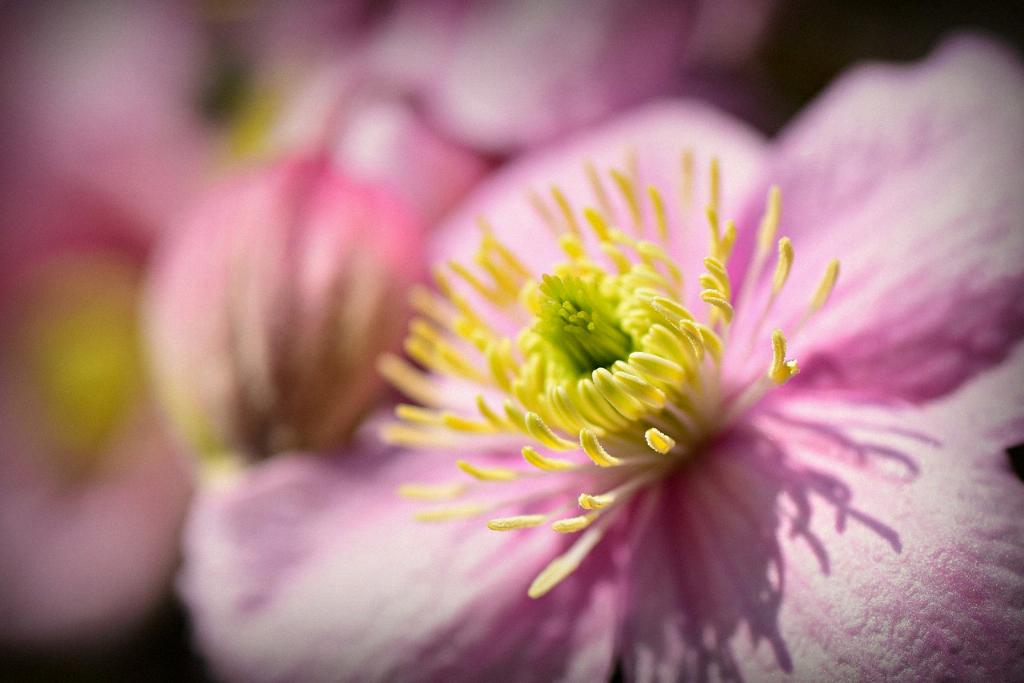Planting a clematis can be a rewarding experience for any gardener looking to add beauty and elegance to their outdoor space. Clematis plants are known for their vibrant flowers and climbing vines, making them a popular choice for garden enthusiasts. In this article, we will explore the essential steps and tips on how to successfully plant a clematis in your garden.
Understanding Clematis Planting Requirements
Before diving into the planting process, it is crucial to understand the basic requirements of clematis plants. Clematis thrive in well-draining soil, ample sunlight, and structural support for their climbing vines. It is essential to choose a healthy clematis plant from a reputable nursery to ensure its successful growth in your garden.
Choosing the Right Location for Planting Clematis
Selecting the proper location for planting your clematis is key to its growth and blooming success. Clematis plants prefer a sunny spot with partial shade, as too much direct sunlight can damage their delicate flowers. Additionally, providing structural support, such as a trellis or fence, will help guide the clematis vines as they grow and climb.
Preparing the Soil for Clematis Planting
Preparing the soil before planting your clematis is essential for its overall health and growth. Ensure the soil is well-draining and enriched with organic matter, such as compost or peat moss. Adding a layer of mulch around the base of the clematis plant will help retain moisture and regulate soil temperature.
Step-by-Step Guide to Planting Clematis
To plant a clematis successfully, start by digging a hole twice the size of the plant’s root ball. Gently remove the clematis from its container and place it in the center of the hole. Backfill with soil, tamping it down gently to ensure the plant is secure. Water the clematis thoroughly after planting to help establish its roots in the soil.
Providing Care and Maintenance Tips for Clematis Planting
Once planted, clematis requires regular watering, especially during hot summer months. Applying a balanced fertilizer in the spring will help promote healthy growth and abundant flowering. Pruning clematis plants in late winter or early spring will encourage new growth and maintain a tidy appearance.
Troubleshooting Common Issues in Clematis Planting
Common issues that may arise when planting clematis include improper watering, inadequate sunlight, and pests such as aphids or spider mites. Monitoring the plant regularly for signs of stress or disease will help detect and address any issues promptly. Consulting with a local horticulturist or gardening expert can provide valuable insights and solutions.

Conclusion to Successfully Planting Clematis
In conclusion, planting a clematis in your garden is a delightful way to enhance your outdoor space with vibrant colors and climbing vines. By understanding the planting requirements, choosing the right location, and providing care and maintenance tips, you can enjoy a thriving clematis plant throughout the growing season. Remember to follow the step-by-step guide and troubleshoot common issues to ensure a successful clematis planting experience.
